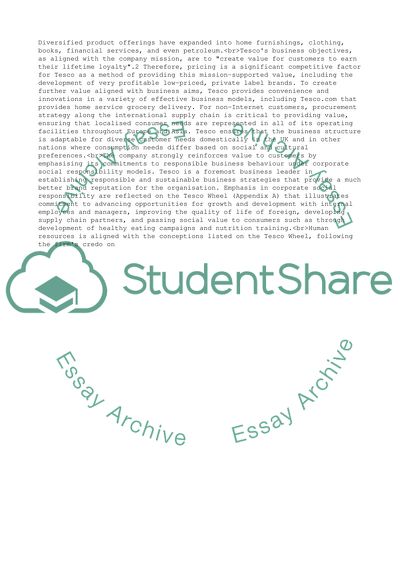Cite this document
(The personal fuction: job role and responsibilities Coursework, n.d.)
The personal fuction: job role and responsibilities Coursework. https://studentshare.org/business/1794574-the-personal-fuction-job-role-and-responsibilities
The personal fuction: job role and responsibilities Coursework. https://studentshare.org/business/1794574-the-personal-fuction-job-role-and-responsibilities
(The Personal Fuction: Job Role and Responsibilities Coursework)
The Personal Fuction: Job Role and Responsibilities Coursework. https://studentshare.org/business/1794574-the-personal-fuction-job-role-and-responsibilities.
The Personal Fuction: Job Role and Responsibilities Coursework. https://studentshare.org/business/1794574-the-personal-fuction-job-role-and-responsibilities.
“The Personal Fuction: Job Role and Responsibilities Coursework”. https://studentshare.org/business/1794574-the-personal-fuction-job-role-and-responsibilities.


